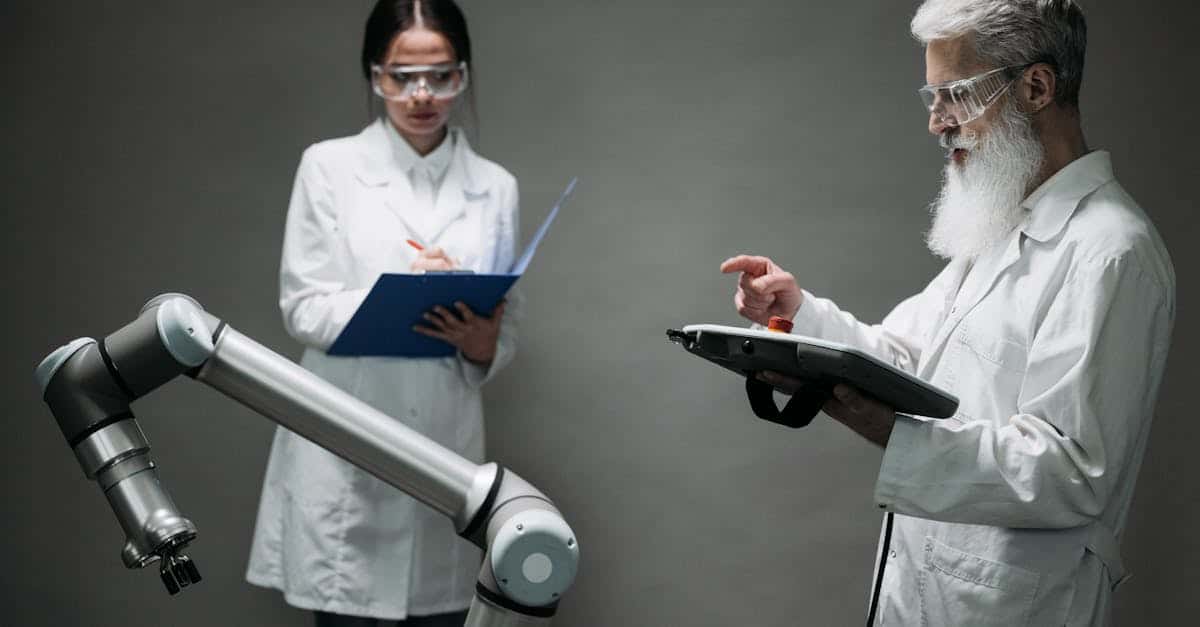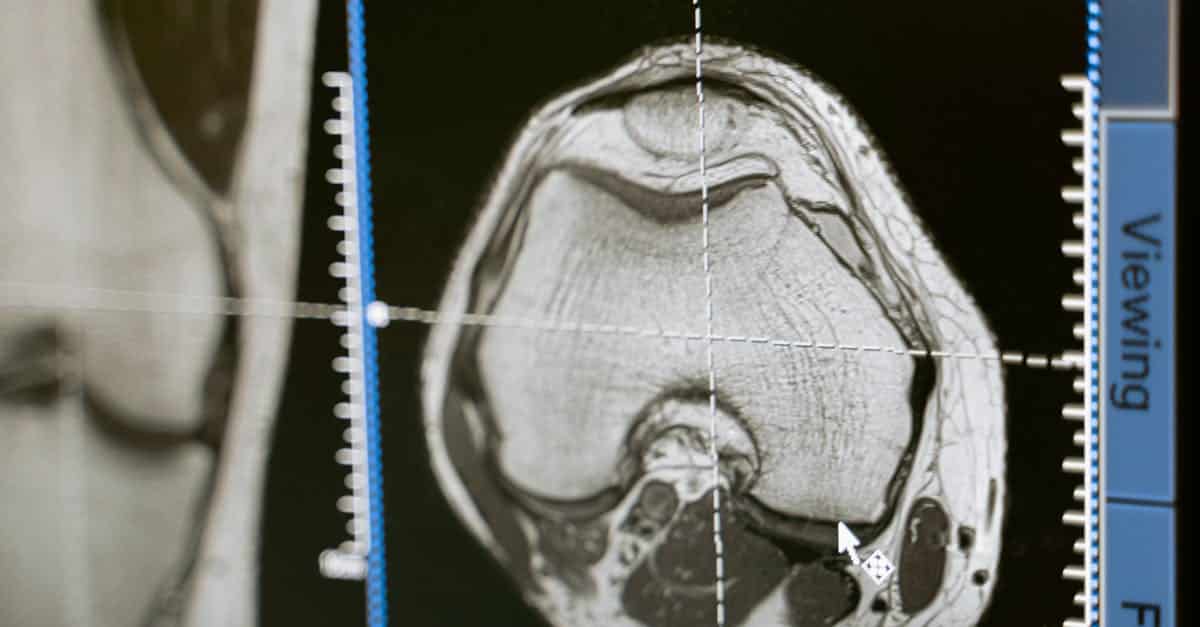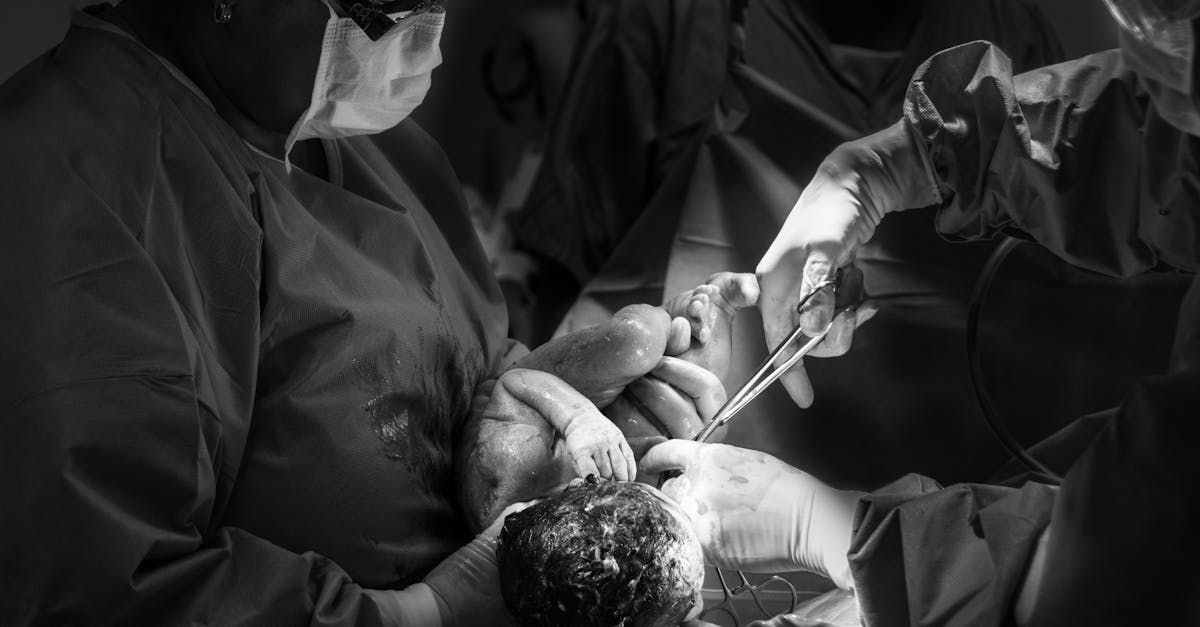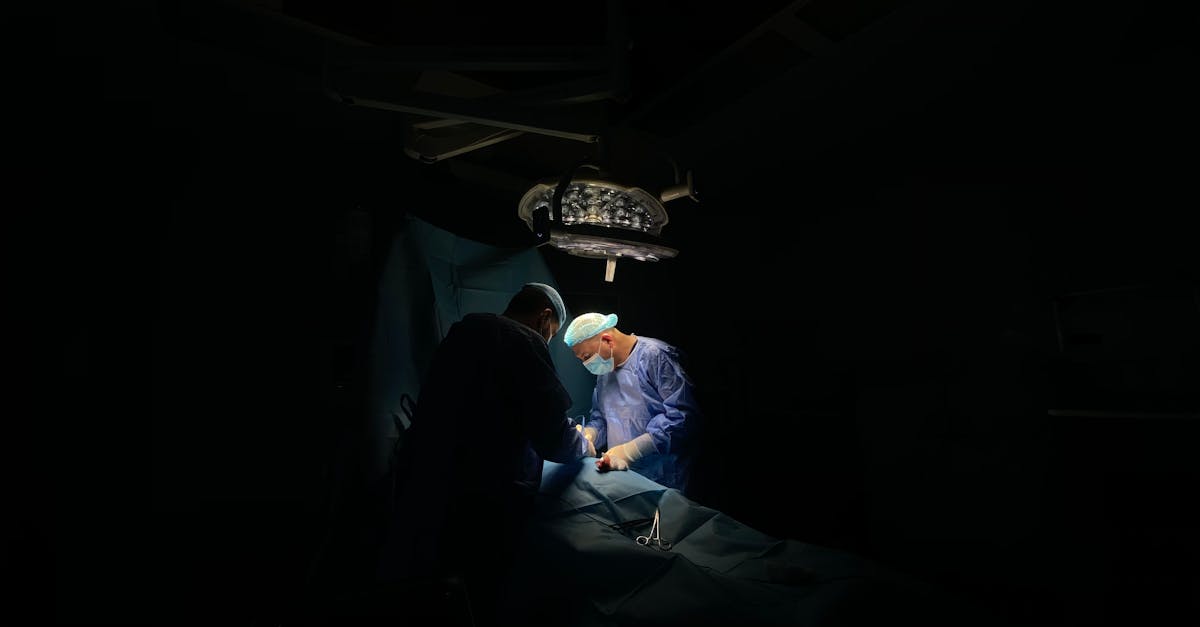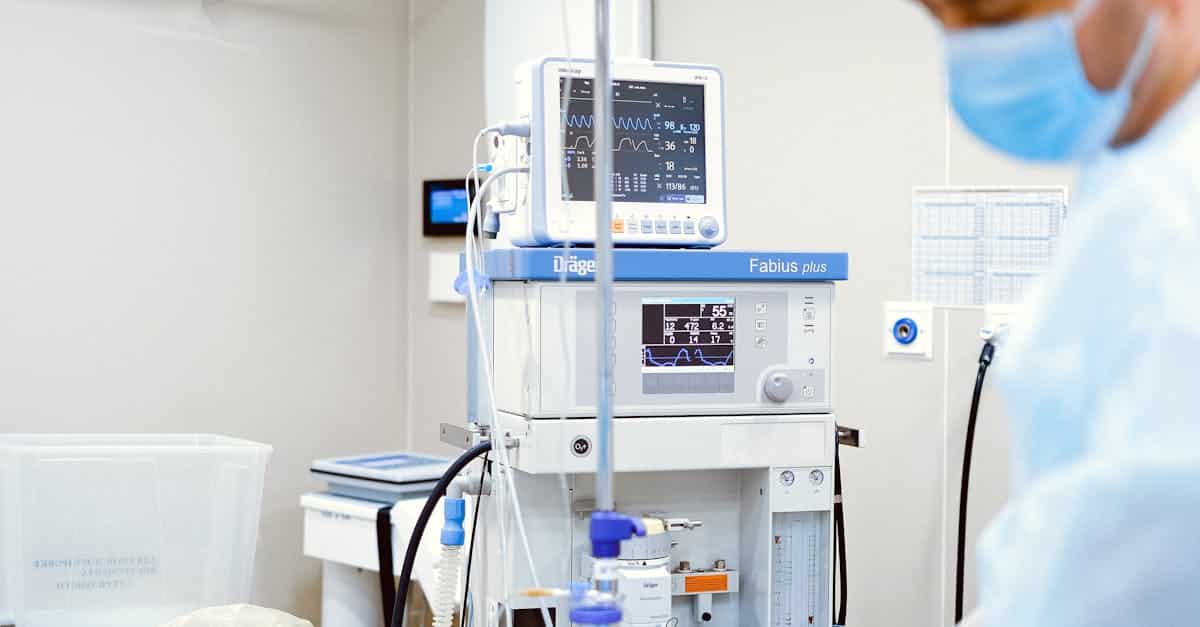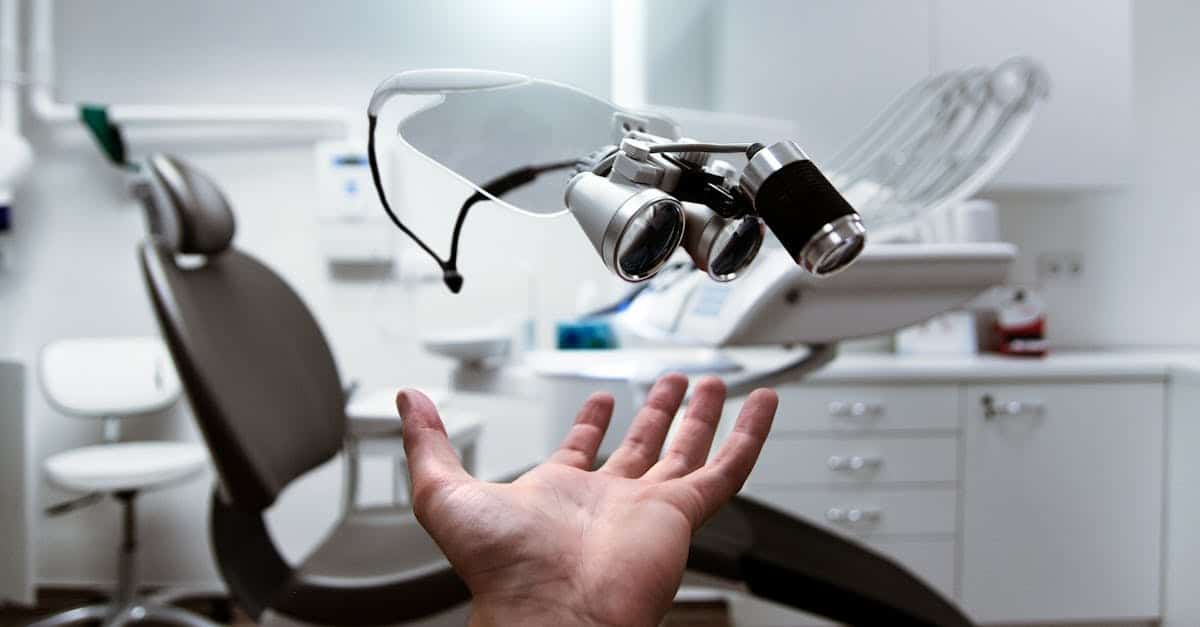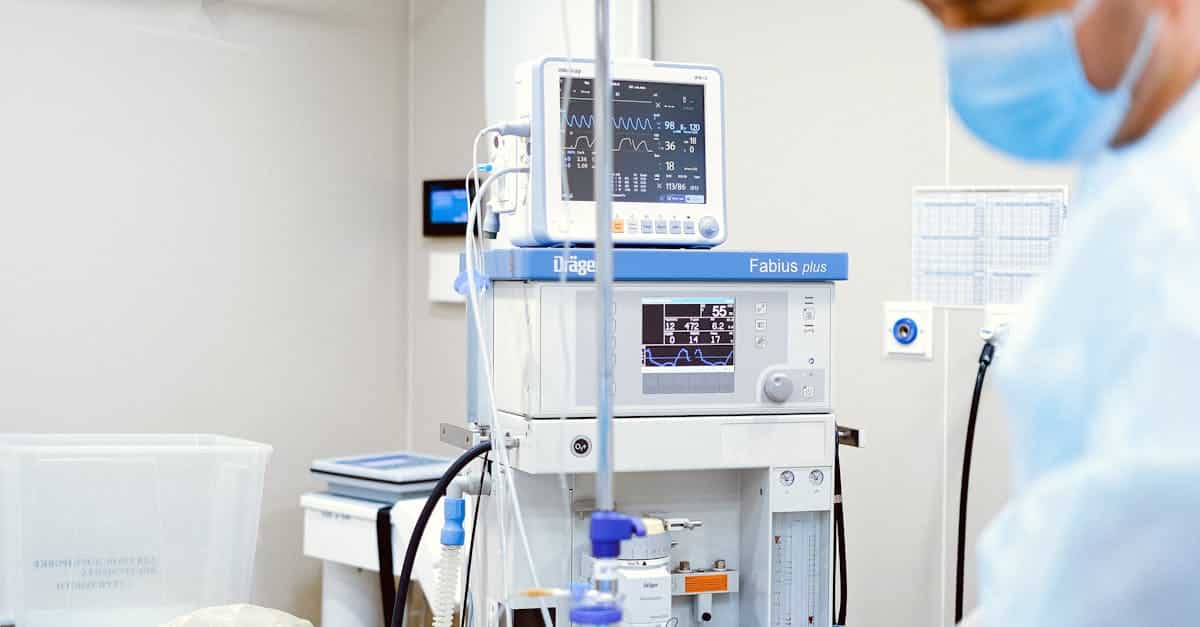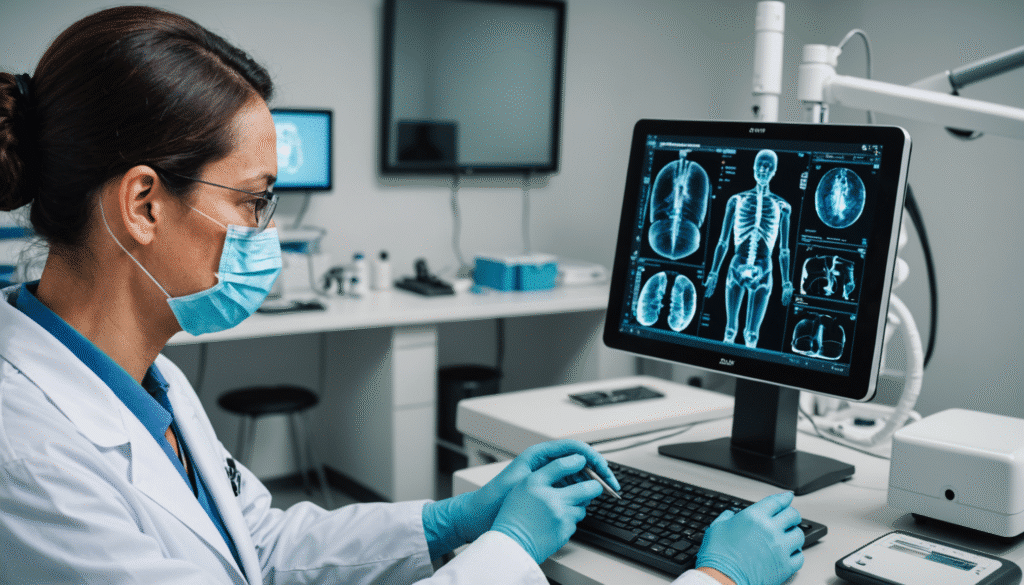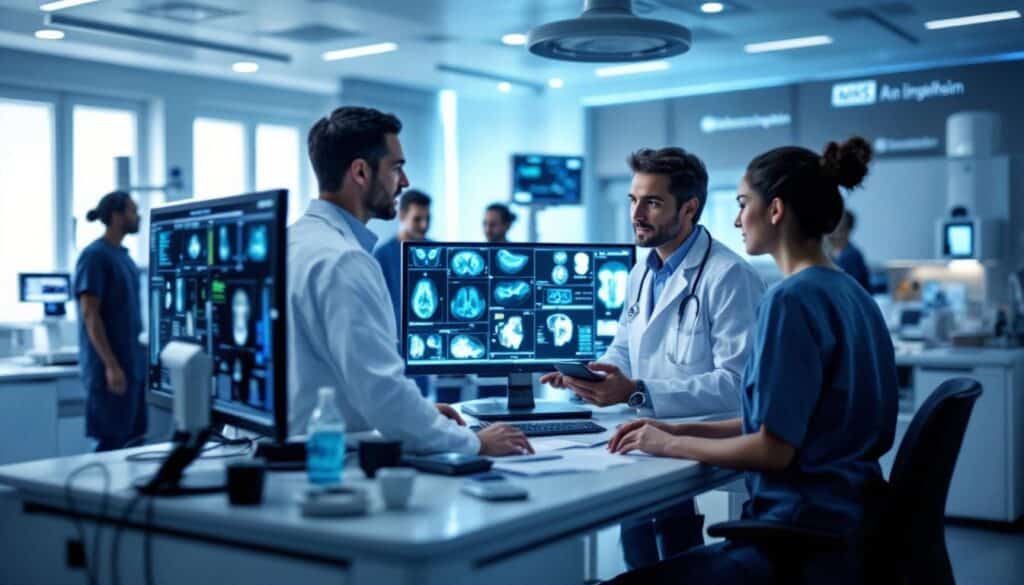The integration of surgical robotics in the medical field has generated a paradigm shift by offering precise interventions and minimally invasive procedures. However, the maintenance of these sophisticated systems presents a major challenge. The high costs associated with the upkeep and upgrading of equipment, as well as the need for continuous training for healthcare professionals, raise crucial questions about the sustainability and accessibility of robotic technologies. At the same time, managing malfunctions and technological intrusions requires special attention to ensure patient safety and the efficiency of procedures.
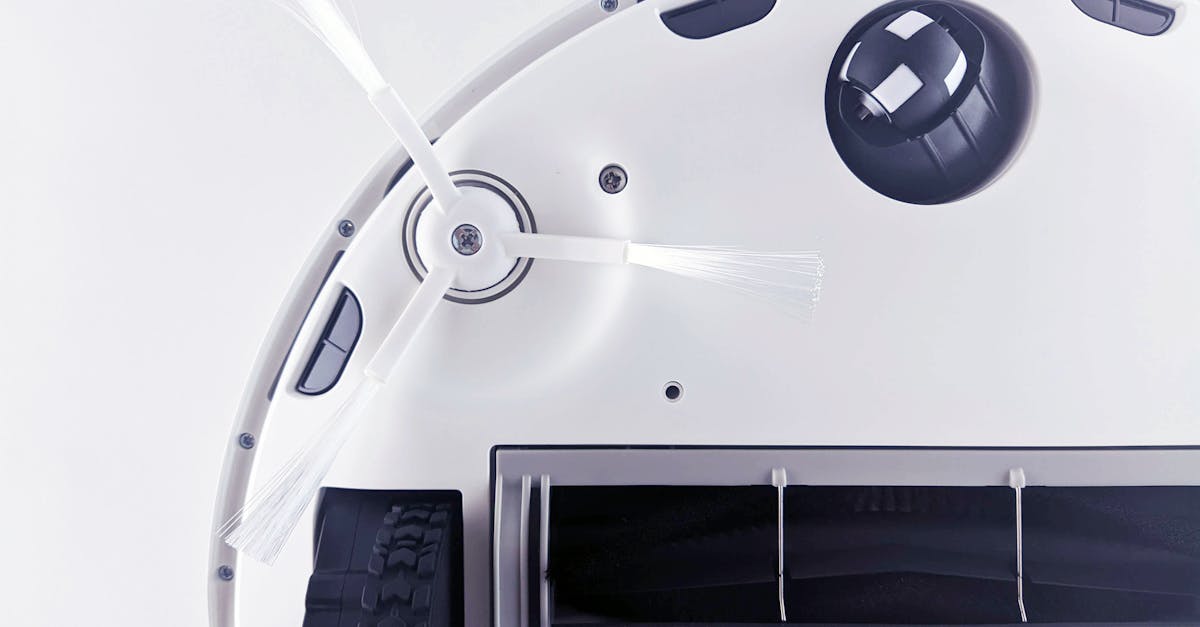
Robotic surgery represents a major technological advancement in the medical field, providing surgeons with the ability to perform interventions with increased precision, reduced risk of errors, and improved outcomes for patients. However, the integration of these sophisticated systems into clinical practices comes with many challenges, particularly regarding their maintenance.
The maintenance of robotic surgery systems is divided into several critical aspects, each essential for ensuring the proper functioning of the devices and the safety of patients. Among these aspects are performance guarantees, malfunction management, cost evaluation, and training for medical staff. Each of these areas raises important questions that must be addressed to optimize the use of this technology.
First of all, performance guarantee is a priority in the maintenance of surgical robots. The need for a robot to operate with extreme precision means that it must function without interruption. Even small failures can compromise the quality of the intervention and thus the safety of the patient. Regular assessment and updating of software are therefore essential to prevent any risk of malfunction. Surgical systems must be accompanied by rigorous maintenance protocols that include periodic checks as well as updates based on technological advancements.
Next, malfunction management is also a crucial challenge. Due to the complex nature of robotic systems, well known for their advanced capabilities, malfunctions can occur unpredictably. These interruptions can lead to delays in surgical operations, amplifying the risks to patients. Therefore, it is essential to develop an efficient troubleshooting system that allows for quick restoration of device functionality in case of a malfunction. This involves access to adequate spare parts and the possibility of rapid intervention by qualified technicians.
The cost of maintaining robotic surgery systems is another notable challenge. The systems themselves represent a significant financial investment for healthcare facilities, and the costs associated with maintenance can quickly accumulate. This challenge is exacerbated by the need for highly skilled personnel to carry out maintenance interventions. Hospitals must therefore find a balance between the quality of maintenance provided and the associated costs, while keeping in mind the impact of these decisions on clinical outcomes.
Moreover, the training of medical staff is a key element to ensure effective maintenance of robotic systems. Surgeons, nurses, and technicians must be adequately trained not only in the use of the equipment but also in its preventive maintenance. It is crucial to incorporate a practical training curriculum that addresses both the theoretical and practical aspects of maintaining surgical systems. Additionally, staff must be engaged in continuous training to keep up with the rapid evolution of technology and maintenance protocols.
The ethical challenges related to the maintenance of robotic surgery systems cannot be overlooked. The increasing reliance on technology raises questions about responsibility in the event of system failure. Clarifying the roles and responsibilities of the various stakeholders – physicians, technicians, and decision-makers – in the event of a malfunction is essential. Ensuring that patient care is not compromised by uncertainties related to maintenance is a priority for all involved parties.
Furthermore, advancements in artificial intelligence and machine learning offer unprecedented opportunities for the maintenance of robotic surgery systems. These technologies can be used to predict when a robot requires maintenance or an update, basing these predictions on historically collected performance data. This allows hospitals to adopt a proactive approach to maintenance, thus reducing equipment downtime and improving the efficiency of surgical procedures.
Finally, it is important to consider the impact of regulations and standards governing the use of robotic surgery. Manufacturers of systems must comply with strict protocols that may vary from country to country, thus complicating the maintenance of the systems. Hospitals need to remain vigilant and ensure that all maintenance procedures adhere to these standards to ensure patient safety and maintain accreditation of their services.
In summary, maintaining robotic surgery systems presents a series of significant challenges that require constant attention and a commitment to invest in appropriate solutions. Managing performance, malfunctions, costs, as well as the ongoing training of personnel are essential elements to make the most of this innovation. The prospects offered by a more technological approach and regulatory requirements will continue to evolve, always presenting new challenges for the field of robotic surgery.
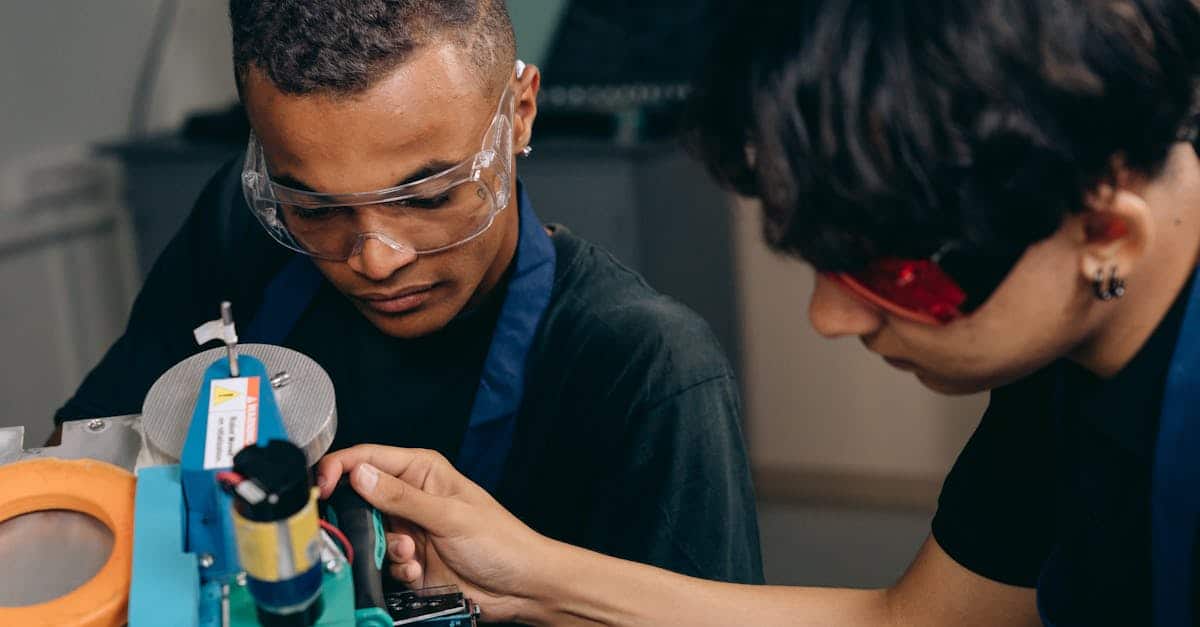
Robotic surgery represents a major advancement in the medical field, transforming the way surgical interventions are performed. However, this sophisticated technology requires special attention in terms of maintenance. Indeed, the challenges related to the maintenance of robotic surgery systems are diverse and can affect the quality of care provided to patients. This article presents the main challenges associated with the maintenance of these systems and offers recommendations for overcoming them.
Complexity of Robotic Systems
Robotic surgery systems consist of numerous interconnected electronic and mechanical components. The complexity of these devices requires advanced technical expertise for their maintenance. Technicians must undergo extensive training to intervene effectively and ensure the proper functioning of each component. Moreover, the rapid pace of technological advancements makes it difficult to update the skills of maintenance teams.
Costs Associated with Maintenance
Preventive and corrective maintenance of robotic surgery systems incurs significant costs. Replacement parts, regular interventions, and software updates can strain the budgets of healthcare facilities. It is crucial to establish a rigorous budgeting plan to avoid unexpected financial issues. It may also be beneficial to train staff to conduct basic maintenance operations themselves, thus reducing costs associated with external technicians.
Availability of Spare Parts
One of the major challenges is the availability of spare parts in the event of a component failure. Waiting times to obtain replacement parts can prolong system downtime. It is advisable to establish partnerships with suppliers to ensure quick access to necessary components. Hospitals may also consider maintaining a strategic inventory of commonly required parts to minimize service interruptions.
Continuous Training of Teams
Continuous training is essential to ensure that technical personnel are aware of the latest advancements and new equipment on the market. It is recommended to organize regular training sessions, or even update workshops, for maintenance staff. These investments in skill development not only increase the effectiveness of maintenance operations but also foster a motivating and professional work environment.
Data Management and Software Systems
Robotic systems also require careful management of data and software systems. The performance of robots depends on complex algorithms and a reliable database. Regular software updates are essential to correct bugs and enhance security. A solid data management framework should be established, including backup and recovery procedures, to minimize the risk of losing critical information.
Collaboration Between Medical and Technical Teams
Finally, it is important to encourage a close collaboration between medical and technical teams. Feedback from surgeons on the use of robotic systems can provide valuable insights for identifying maintenance needs. Regular meetings between the various stakeholders will help to update training needs and proactively plan interventions.

